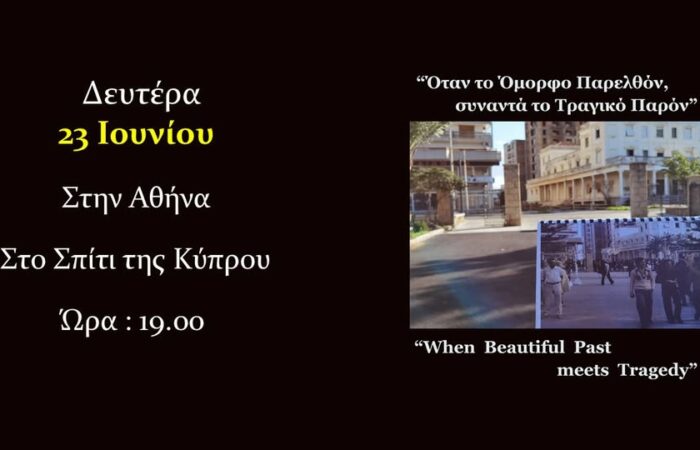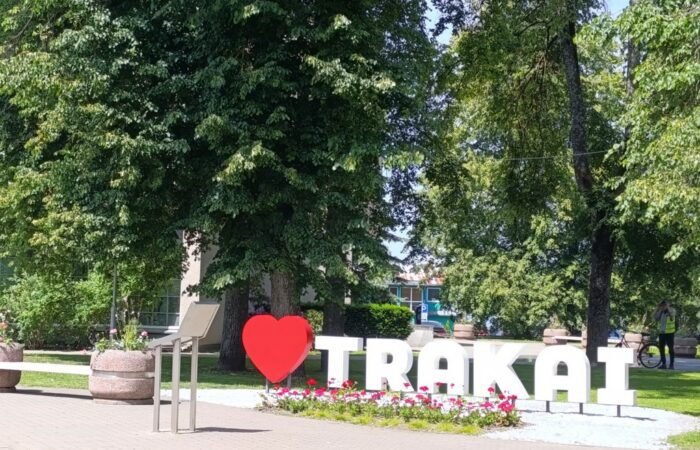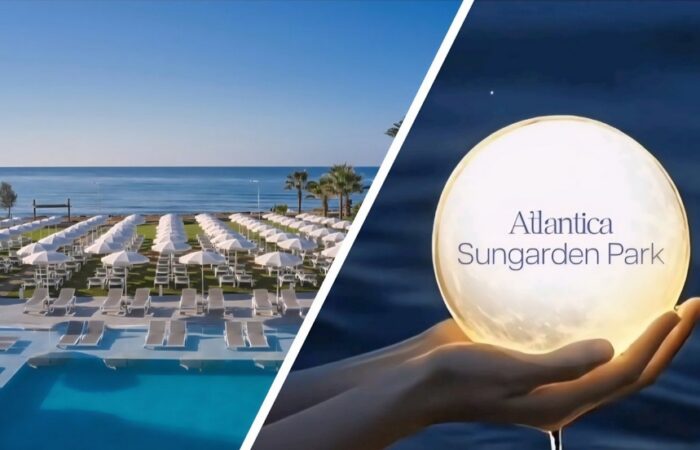A beautiful island in the Mediterranean SeaSardinia is the second-largest island in the Mediterranean Sea, after Sicily, and one of the twenty regions of Italy. It is located west of the Italian Peninsula, north of Tunisia and south of the French island of Corsica. It has over 1.5 million inhabitants as of 2025. It is one of the five Italian regions with some degree of domestic autonomy being granted by a special statute. Its official name, Autonomous Region of Sardinia, is bilingual in Italian and Sardinian: Regione Autonoma della Sardegna / Regione Autònoma de Sardigna. It is divided into four provinces and a metropolitan city. Its capital (and largest city) is Cagliari.
It is one of the five Italian regions with some degree of domestic autonomy being granted by a special statute. Its official name, Autonomous Region of Sardinia, is bilingual in Italian and Sardinian: Regione Autonoma della Sardegna / Regione Autònoma de Sardigna. It is divided into four provinces and a metropolitan city. Its capital (and largest city) is Cagliari. Sardinia’s indigenous language and Algherese Catalan are referred to by both the regional and national law as two of Italy’s twelve officially recognized linguistic minorities, albeit gravely endangered, while the regional law provides some measures to recognize and protect the aforementioned as well as the island’s other minority languages (the Corsican-influenced Sassarese and Gallurese, and finally Tabarchino Ligurian).
Sardinia’s indigenous language and Algherese Catalan are referred to by both the regional and national law as two of Italy’s twelve officially recognized linguistic minorities, albeit gravely endangered, while the regional law provides some measures to recognize and protect the aforementioned as well as the island’s other minority languages (the Corsican-influenced Sassarese and Gallurese, and finally Tabarchino Ligurian). Owing to the variety of Sardinia’s ecosystems, which include mountains, woods, plains, stretches of largely uninhabited territory, streams, rocky coasts, and long sandy beaches, Sardinia has been metaphorically described as a micro-continent.
Owing to the variety of Sardinia’s ecosystems, which include mountains, woods, plains, stretches of largely uninhabited territory, streams, rocky coasts, and long sandy beaches, Sardinia has been metaphorically described as a micro-continent. Sardinia, or in Italian ‘Sardegna’, is not a mainstream Mediterranean destination but a sophisticated Italian island. With over 1,800km of unspoilt coastline, it is renowned for beautiful beaches, turquoise sea and fascinating rock formations.
Sardinia, or in Italian ‘Sardegna’, is not a mainstream Mediterranean destination but a sophisticated Italian island. With over 1,800km of unspoilt coastline, it is renowned for beautiful beaches, turquoise sea and fascinating rock formations.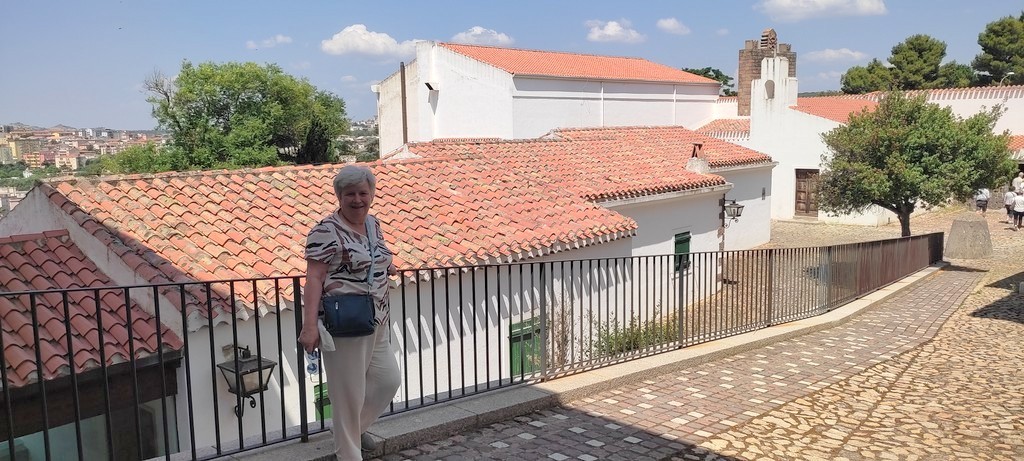 In the modern era, many travellers and writers have extolled the beauty of its long-untouched landscapes, which retain vestiges of the Nuragic civilization. In the picture, Anne Marie Nicolaïdès.
In the modern era, many travellers and writers have extolled the beauty of its long-untouched landscapes, which retain vestiges of the Nuragic civilization. In the picture, Anne Marie Nicolaïdès. The name Sardinia has pre-Latin roots. It comes from the pre-Roman ethnonym *s(a)rd-, later romanised as sardus (feminine sarda). It makes its first appearance on the Nora Stone, where the word ŠRDN, or *Šardana, testifies to the name’s existence when the Phoenician merchants first arrived.
The name Sardinia has pre-Latin roots. It comes from the pre-Roman ethnonym *s(a)rd-, later romanised as sardus (feminine sarda). It makes its first appearance on the Nora Stone, where the word ŠRDN, or *Šardana, testifies to the name’s existence when the Phoenician merchants first arrived. According to Timaeus, one of Plato’s dialogues, Sardinia (referred to by most ancient Greek authors as Sardṓ, Σαρδώ) and its people as well might have been named after a legendary woman called Sardṓ (Σαρδώ), born in Sardis (Σάρδεις), capital of the ancient Kingdom of Lydia. In classical antiquity, Sardinia was called a number of names besides Sardṓ (Σαρδώ) or Sardinia, like Ichnusa (the Latinised form of the Greek Ἰχνοῦσσα), Sandaliotis (Σανδαλιῶτις) and Argyrophleps (Αργυρόφλεψ).
According to Timaeus, one of Plato’s dialogues, Sardinia (referred to by most ancient Greek authors as Sardṓ, Σαρδώ) and its people as well might have been named after a legendary woman called Sardṓ (Σαρδώ), born in Sardis (Σάρδεις), capital of the ancient Kingdom of Lydia. In classical antiquity, Sardinia was called a number of names besides Sardṓ (Σαρδώ) or Sardinia, like Ichnusa (the Latinised form of the Greek Ἰχνοῦσσα), Sandaliotis (Σανδαλιῶτις) and Argyrophleps (Αργυρόφλεψ). The Cathedral of Cagliari, also known as Cattedrale di Santa Maria e Santa Cecilia, is a Roman Catholic cathedral in Cagliari, Sardinia, Italy. It is dedicated to the Virgin Mary and Saint Cecilia and serves as the seat of the Archbishop of Cagliari. The cathedral has a rich history, with construction beginning in the 13th century in a Pisan-Romanesque style, later undergoing Baroque renovations in the 17th and 18th centuries, and finally receiving its current Neo-Romanesque facade in the 1930s.
The Cathedral of Cagliari, also known as Cattedrale di Santa Maria e Santa Cecilia, is a Roman Catholic cathedral in Cagliari, Sardinia, Italy. It is dedicated to the Virgin Mary and Saint Cecilia and serves as the seat of the Archbishop of Cagliari. The cathedral has a rich history, with construction beginning in the 13th century in a Pisan-Romanesque style, later undergoing Baroque renovations in the 17th and 18th centuries, and finally receiving its current Neo-Romanesque facade in the 1930s.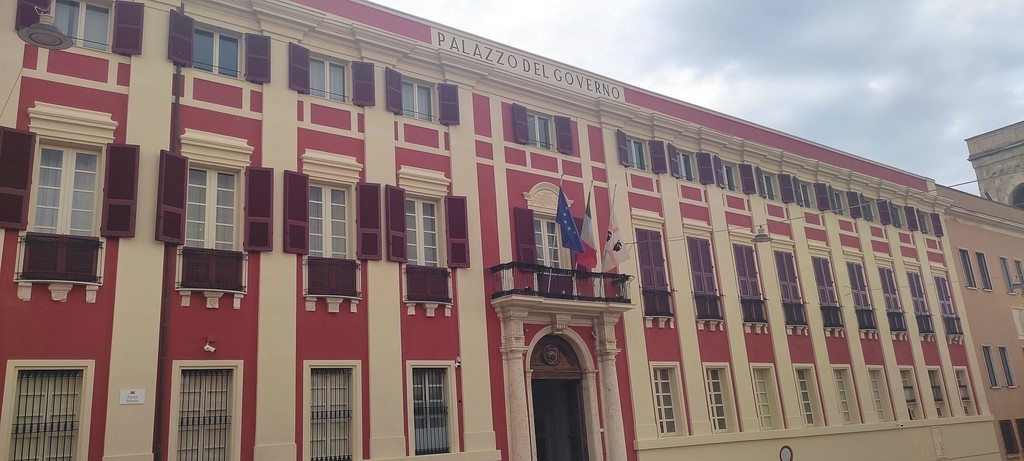 Sardinia is so much more than just beaches—it’s a destination famous for its ancient sites, mouthwatering cuisine and rich cultural experiences. This Mediterranean gem is a land of contrasts, where rugged mountains give way to pristine shores and centuries-old traditions thrive alongside lively coastal towns.
Sardinia is so much more than just beaches—it’s a destination famous for its ancient sites, mouthwatering cuisine and rich cultural experiences. This Mediterranean gem is a land of contrasts, where rugged mountains give way to pristine shores and centuries-old traditions thrive alongside lively coastal towns.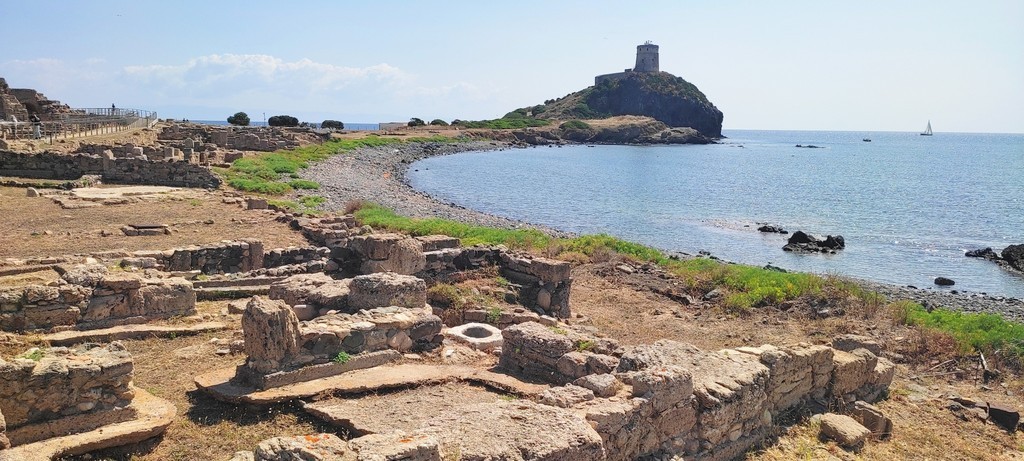 It is generally high and rocky, with long, relatively straight stretches, outstanding headlands, wide, deep bays, rias, and inlets with various smaller islands. The island has an ancient geoformation and, unlike Sicily and mainland Italy, is not earthquake-prone. The first language of Sardinia is Italian, although the Sardinian language, Sardo, is still widely spoken. A remarkably rich language, Sardo varies greatly from area to area, even from village to village, with Latin, Arabic, Spanish and Catalan influences reflecting the turbulence of the island’s past.
It is generally high and rocky, with long, relatively straight stretches, outstanding headlands, wide, deep bays, rias, and inlets with various smaller islands. The island has an ancient geoformation and, unlike Sicily and mainland Italy, is not earthquake-prone. The first language of Sardinia is Italian, although the Sardinian language, Sardo, is still widely spoken. A remarkably rich language, Sardo varies greatly from area to area, even from village to village, with Latin, Arabic, Spanish and Catalan influences reflecting the turbulence of the island’s past. An ancient city with a long history, Cagliari has seen the rule of several civilisations. Under the buildings of the modern city there is a continuous stratification attesting to human settlement over the course of some five thousand years, from the Neolithic to today.
An ancient city with a long history, Cagliari has seen the rule of several civilisations. Under the buildings of the modern city there is a continuous stratification attesting to human settlement over the course of some five thousand years, from the Neolithic to today. 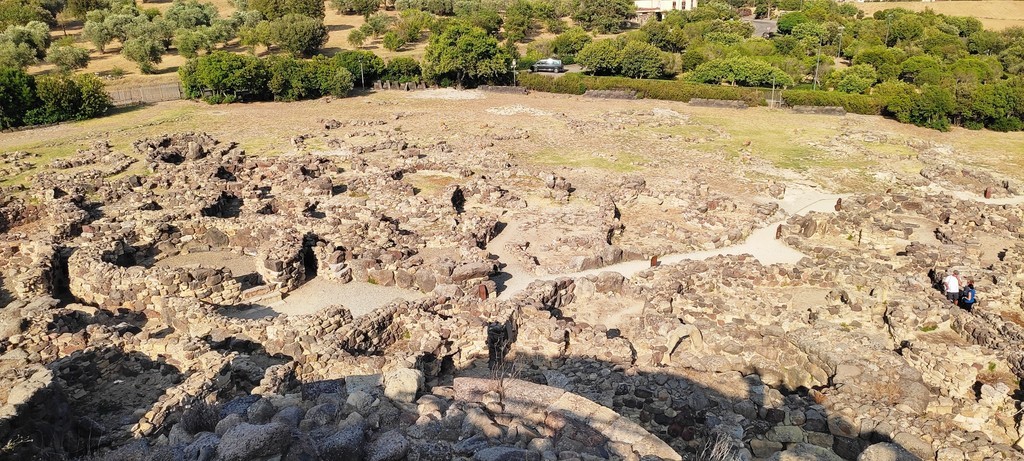 Historical sites include the prehistoric Domus de Janas, partly damaged by cave activity, a large Carthaginian era necropolis, a Roman era amphitheatre, a Byzantine Basilica, three Pisan-era towers and a strong system of fortification that made the town the core of Spanish Habsburg imperial power in the western Mediterranean Sea.
Historical sites include the prehistoric Domus de Janas, partly damaged by cave activity, a large Carthaginian era necropolis, a Roman era amphitheatre, a Byzantine Basilica, three Pisan-era towers and a strong system of fortification that made the town the core of Spanish Habsburg imperial power in the western Mediterranean Sea.  Its natural resources have always been its sheltered harbour, the often powerfully fortified hill of Castel di Castro, the modern Casteddu, the salt from its lagoons, and, from the hinterland, wheat from the Campidano plain and silver and other ores from the Iglesiente mines.
Its natural resources have always been its sheltered harbour, the often powerfully fortified hill of Castel di Castro, the modern Casteddu, the salt from its lagoons, and, from the hinterland, wheat from the Campidano plain and silver and other ores from the Iglesiente mines.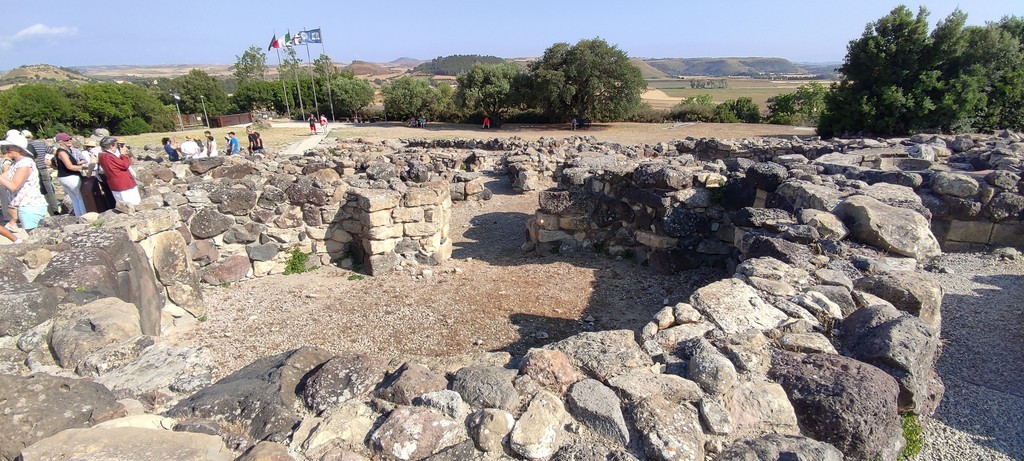 Many wished to conquer Sardinia; the Phoenicians, the Punic and Byzantine empires, the Romans, the Pisans, and the Aragonese. The presence of these cultures can be clearly seen in the city’s architecture; the Town Hall, for example, is a mix of Spanish Gothic and Italian Art Noveau, while in other places of the city medieval towers and Baroque churches can be admired.
Many wished to conquer Sardinia; the Phoenicians, the Punic and Byzantine empires, the Romans, the Pisans, and the Aragonese. The presence of these cultures can be clearly seen in the city’s architecture; the Town Hall, for example, is a mix of Spanish Gothic and Italian Art Noveau, while in other places of the city medieval towers and Baroque churches can be admired.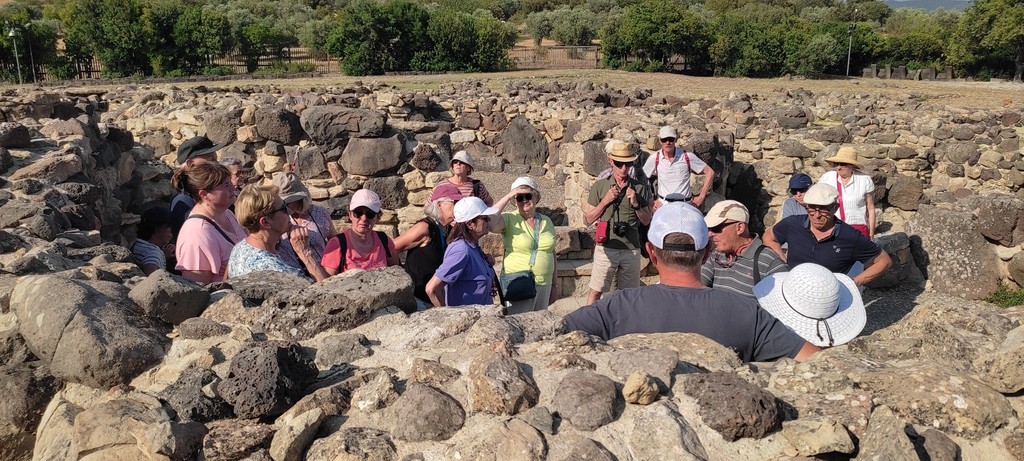 Cagliari embodies Sardinia’s lust for life in all its facets. With its winding alleys, grand architecture and idyllic location skirted by the sea, the island’s capital city is easy to fall in love with. Whether you want to shop till you drop or relax on Poetto beach, Cagliari is one of the most beautiful spots in Sardinia.
Cagliari embodies Sardinia’s lust for life in all its facets. With its winding alleys, grand architecture and idyllic location skirted by the sea, the island’s capital city is easy to fall in love with. Whether you want to shop till you drop or relax on Poetto beach, Cagliari is one of the most beautiful spots in Sardinia.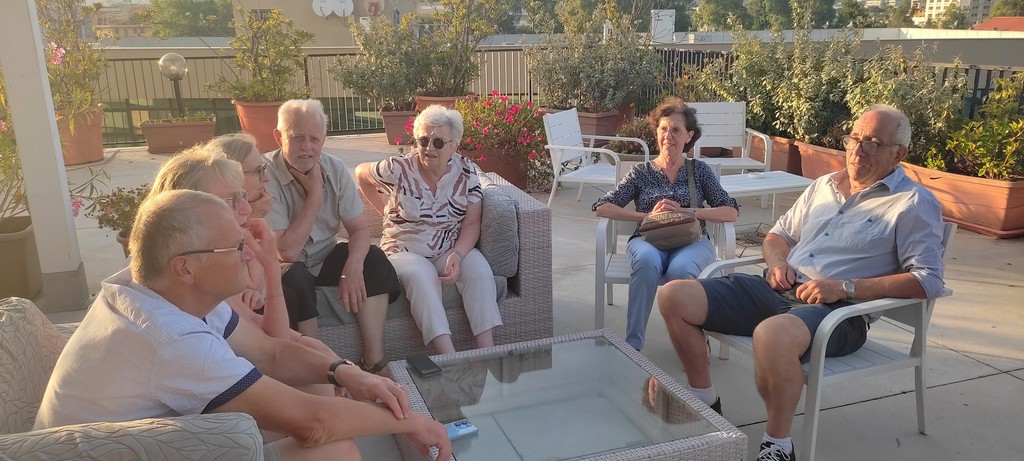 Whether you want to shop till you drop or relax on Poetto beach, Cagliari is one of the most beautiful spots in Sardinia. A climb to its imposing fort reveals breathtaking views of the old town with its subtly morbid charm and many of the city’s impressive buildings – the Cathedral of Santa Maria, the Elephant Tower and the Tower of San Pancrazio punctuate the landscape of subtropical gardens and mysterious alleyways.
Whether you want to shop till you drop or relax on Poetto beach, Cagliari is one of the most beautiful spots in Sardinia. A climb to its imposing fort reveals breathtaking views of the old town with its subtly morbid charm and many of the city’s impressive buildings – the Cathedral of Santa Maria, the Elephant Tower and the Tower of San Pancrazio punctuate the landscape of subtropical gardens and mysterious alleyways.  The flag of Sardinia, also referred to as the Four Moors, represents and symbolizes the island of Sardinia (Italy) and its people. It was also the historical flag and coat of arms of the Aragonese, then Spanish, and later Savoyard Kingdom of Sardinia. It was first officially adopted by the autonomous region in 1950 with a revision in 1999, describing it as a “white field with a red cross and a bandaged Moor’s head facing away from the hoist (the edge close to the mast) in each quarter”.
The flag of Sardinia, also referred to as the Four Moors, represents and symbolizes the island of Sardinia (Italy) and its people. It was also the historical flag and coat of arms of the Aragonese, then Spanish, and later Savoyard Kingdom of Sardinia. It was first officially adopted by the autonomous region in 1950 with a revision in 1999, describing it as a “white field with a red cross and a bandaged Moor’s head facing away from the hoist (the edge close to the mast) in each quarter”. The flag is composed of the St George’s Cross and four heads of Moors, which in the past may not have been forehead bandaged but blindfolded and turned towards the hoist. But already well-preserved pictures from the 16th century clearly show a forehead bandage (see gallery below). The most accepted hypothesis is that the heads represented the heads of Moorish princes defeated by the Aragonese, as for the first time they appeared in the 13th-century seals of the Crown of Aragon – although with a beard and no bandage, contrary to the Moors of the Sardinian flag, which appeared for the first time in a manuscript of the second half of the 14th century.
The flag is composed of the St George’s Cross and four heads of Moors, which in the past may not have been forehead bandaged but blindfolded and turned towards the hoist. But already well-preserved pictures from the 16th century clearly show a forehead bandage (see gallery below). The most accepted hypothesis is that the heads represented the heads of Moorish princes defeated by the Aragonese, as for the first time they appeared in the 13th-century seals of the Crown of Aragon – although with a beard and no bandage, contrary to the Moors of the Sardinian flag, which appeared for the first time in a manuscript of the second half of the 14th century. Orgosolo is a municipality located in the Province of Nuoro, in the autonomous region of Sardinia, at about 110 kilometres north of Cagliari and about 13 kilometres south of Nuoro. The municipality is famous for its murals. These political paintings can be found on walls all over Orgosolo. Since about 1969, the murals reflect different aspects of Sardinia’s political struggles but also deal with international issues.
Orgosolo is a municipality located in the Province of Nuoro, in the autonomous region of Sardinia, at about 110 kilometres north of Cagliari and about 13 kilometres south of Nuoro. The municipality is famous for its murals. These political paintings can be found on walls all over Orgosolo. Since about 1969, the murals reflect different aspects of Sardinia’s political struggles but also deal with international issues. Orgosolo is known for its protest painting; the politically charged wall paintings colour the centre of the town. With more than a hundred different pieces, every nook, cranny, alley or corner in this dwelling has its own work of art. Vittorio De Seta’s movie Banditi a Orgosolo (1961) focuses on the past way of life in central Sardinia and on the phenomenon of “Banditry” in the region. At one time Orgosolo was known as the “village of the murderers” due to its high crime rate. Bandits of the surrounding mountains used the church door to post notices of death sentence passed on their enemies.
Orgosolo is known for its protest painting; the politically charged wall paintings colour the centre of the town. With more than a hundred different pieces, every nook, cranny, alley or corner in this dwelling has its own work of art. Vittorio De Seta’s movie Banditi a Orgosolo (1961) focuses on the past way of life in central Sardinia and on the phenomenon of “Banditry” in the region. At one time Orgosolo was known as the “village of the murderers” due to its high crime rate. Bandits of the surrounding mountains used the church door to post notices of death sentence passed on their enemies.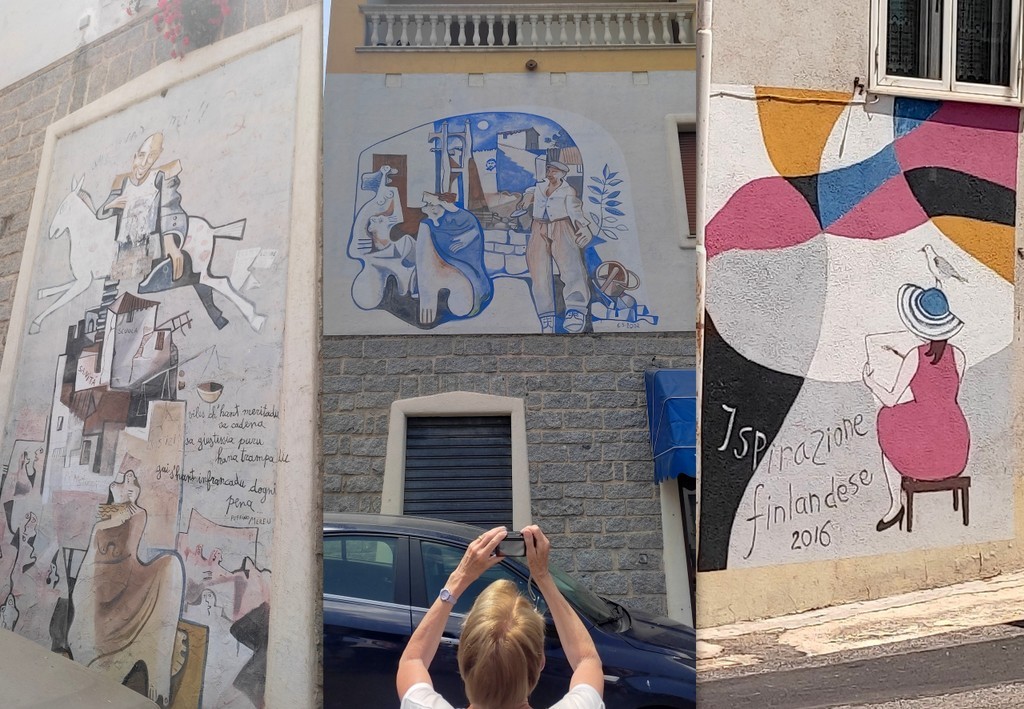 In the heart of Barbagia lies Orgosolo, a pre-Nuragic commune in the province of Nuoro, at an altitude of about 600 metres. Its hilly and mountainous terrain, with the exception of the Locoe valley, allows views to reach beyond the Baronìe sub-region and, on clear days, as far as the peaks of Mount Limbara in Gallura. We recommend visiting the Gennargentu National Park and the Supramonte, a mountainous plateau with karst terrain, caves, sinkholes and gorges. You will be amazed by the spectacular Gorropu Canyon, a deep gorge with 400-metre vertical walls carved by the Flumineddu river.
In the heart of Barbagia lies Orgosolo, a pre-Nuragic commune in the province of Nuoro, at an altitude of about 600 metres. Its hilly and mountainous terrain, with the exception of the Locoe valley, allows views to reach beyond the Baronìe sub-region and, on clear days, as far as the peaks of Mount Limbara in Gallura. We recommend visiting the Gennargentu National Park and the Supramonte, a mountainous plateau with karst terrain, caves, sinkholes and gorges. You will be amazed by the spectacular Gorropu Canyon, a deep gorge with 400-metre vertical walls carved by the Flumineddu river.  A cradle of archaic traditions, Orgosolo reveals a deep bond with its roots: it is the land of the Canto a Tenore (Polyphonic folk singing), proclaimed a UNESCO World Heritage Site. The most famous things in this village are the 150+ murals. But did you know it is also home to one of UNESCO’s intangible world heritages? And have you ever heard about its centuries-old tradition of silkworm farming?
A cradle of archaic traditions, Orgosolo reveals a deep bond with its roots: it is the land of the Canto a Tenore (Polyphonic folk singing), proclaimed a UNESCO World Heritage Site. The most famous things in this village are the 150+ murals. But did you know it is also home to one of UNESCO’s intangible world heritages? And have you ever heard about its centuries-old tradition of silkworm farming? Cagliari doesn’t only offer all of the above…if you visit this fantastic city don’t forget to try its typical cuisine, which includes burrida, fregula con cocciula, sa cassola, malloreddus and is pardulas. No further explanation on these dishes and their ingredients…you’re invited to visit Cagliari and personally discover the scents, flavors, and origin of these typical delicacies!
Cagliari doesn’t only offer all of the above…if you visit this fantastic city don’t forget to try its typical cuisine, which includes burrida, fregula con cocciula, sa cassola, malloreddus and is pardulas. No further explanation on these dishes and their ingredients…you’re invited to visit Cagliari and personally discover the scents, flavors, and origin of these typical delicacies! Cagliari boasts a strategic position in the Mediterranean and offers, amongst many other tourist attractions, a castle, a cathedral, the harbor, the Elephant Tower, the Archeological Museum, a Roman Amphitheater, the San Benedetto Market, the Bastion of Saint Remy and the pink flamingos of Molentargius.
Cagliari boasts a strategic position in the Mediterranean and offers, amongst many other tourist attractions, a castle, a cathedral, the harbor, the Elephant Tower, the Archeological Museum, a Roman Amphitheater, the San Benedetto Market, the Bastion of Saint Remy and the pink flamingos of Molentargius. Ancient Olbia (Ancient Greek: Ὄλβια, “the happy” or “the prosperous”) was founded around 647 BC; it is also called “Sardinian Olbia” to distinguish it from the five other Greek cities called “Olbia”. In Roman times, Sardinian Olbia covered 2.5 hectares with a square plan and a barracks which was originally located in this city, surrounded by a rampart. Inside, two large perpendicular streets divided it into 4 stone districts, with copper roofs. In modern times, Olbia is called Terranova and then Terranova Pausania. In 1939, the Mussolini regime changed its name to Olbia. This change was not reversed when the regime fell. (In the picture Pascal Nicolaïdès).
Ancient Olbia (Ancient Greek: Ὄλβια, “the happy” or “the prosperous”) was founded around 647 BC; it is also called “Sardinian Olbia” to distinguish it from the five other Greek cities called “Olbia”. In Roman times, Sardinian Olbia covered 2.5 hectares with a square plan and a barracks which was originally located in this city, surrounded by a rampart. Inside, two large perpendicular streets divided it into 4 stone districts, with copper roofs. In modern times, Olbia is called Terranova and then Terranova Pausania. In 1939, the Mussolini regime changed its name to Olbia. This change was not reversed when the regime fell. (In the picture Pascal Nicolaïdès).


